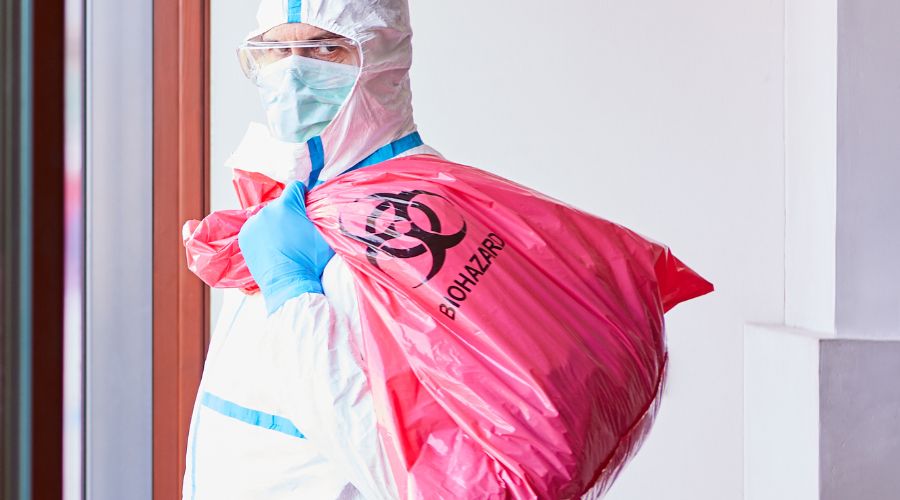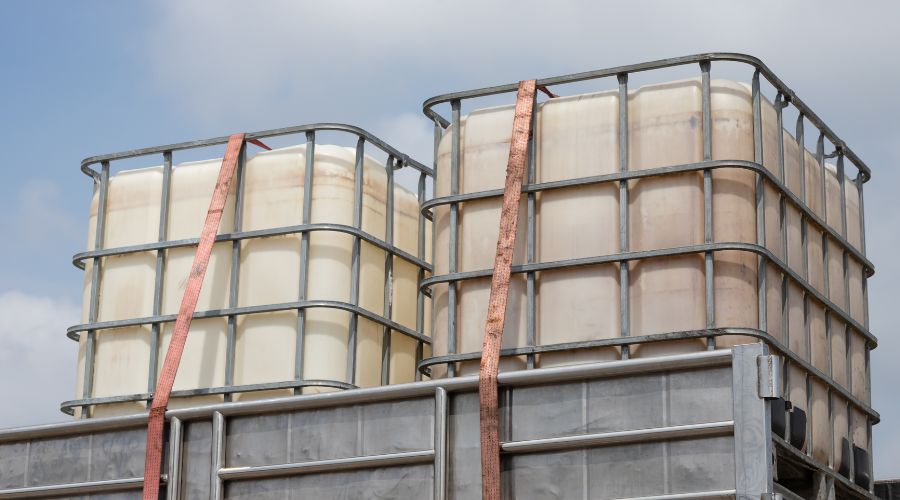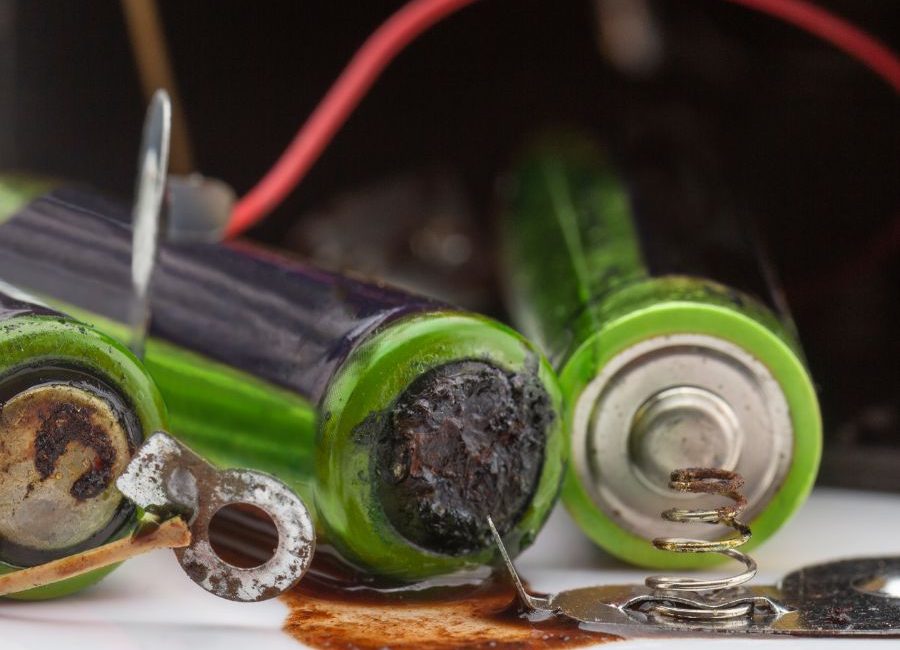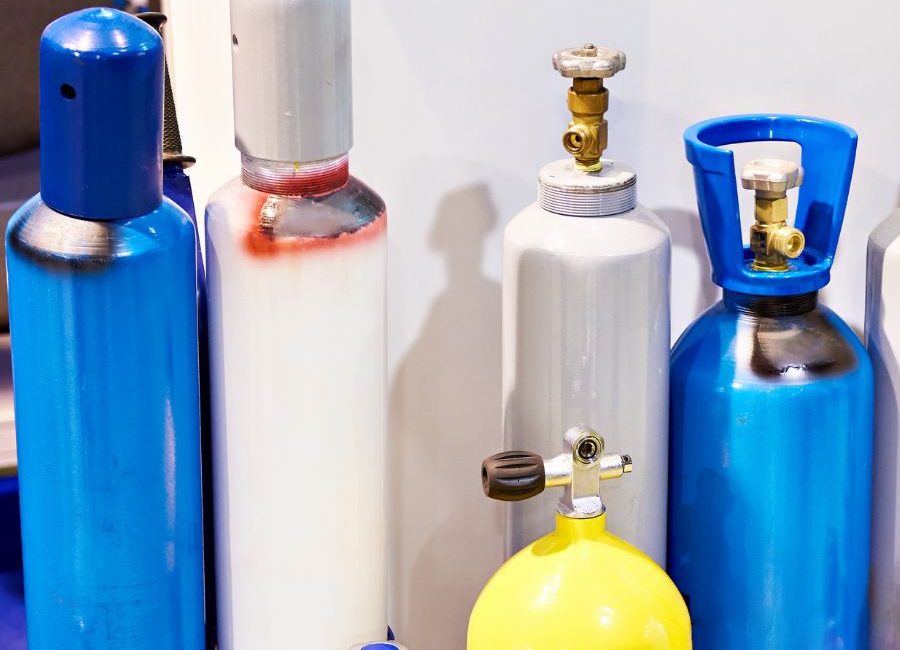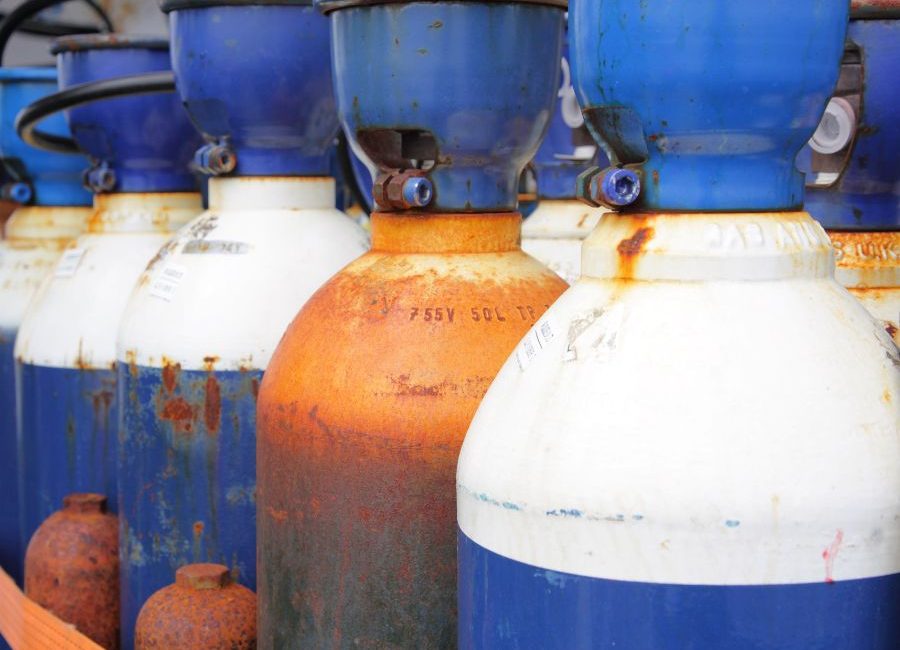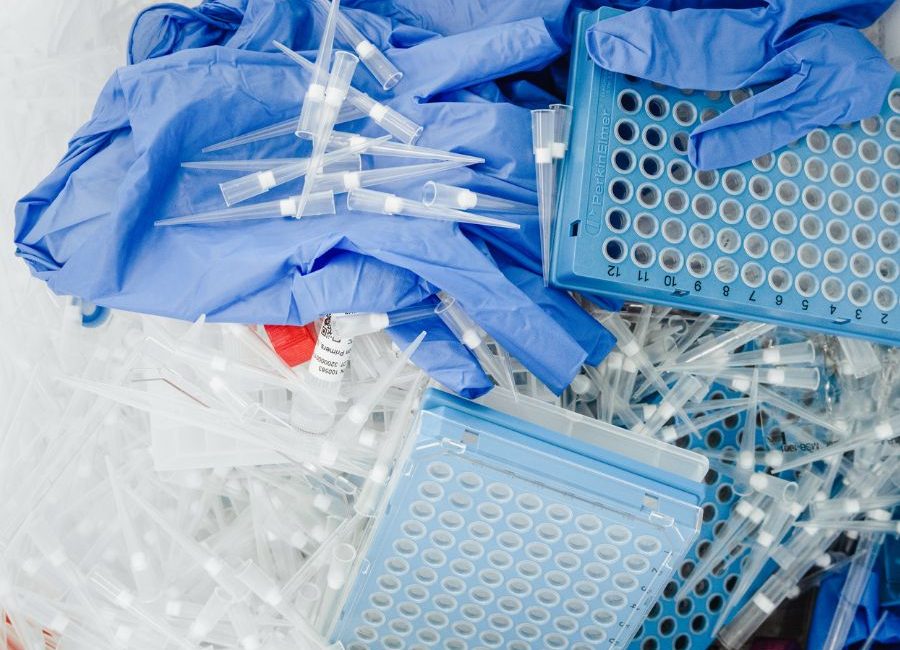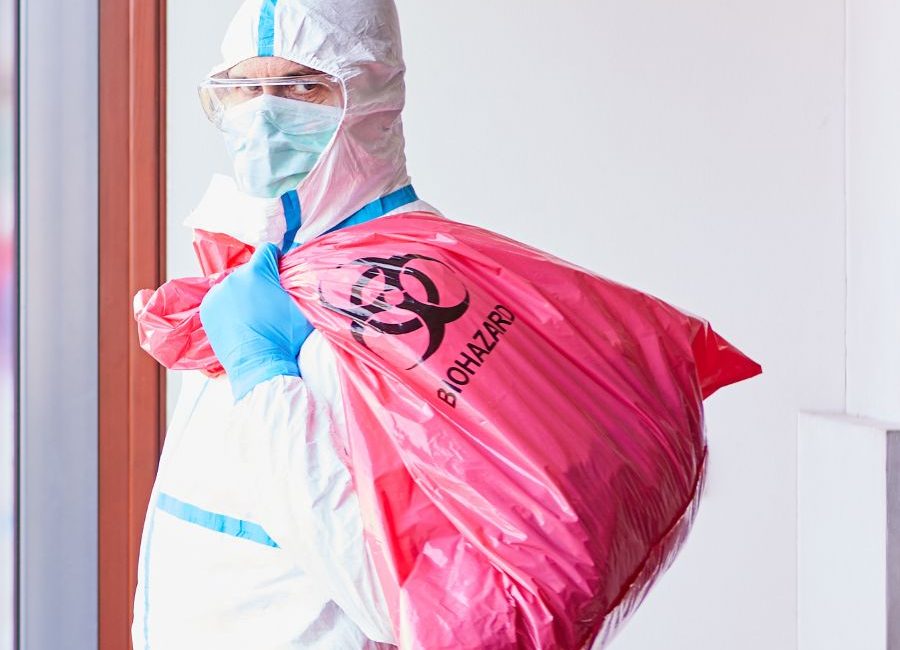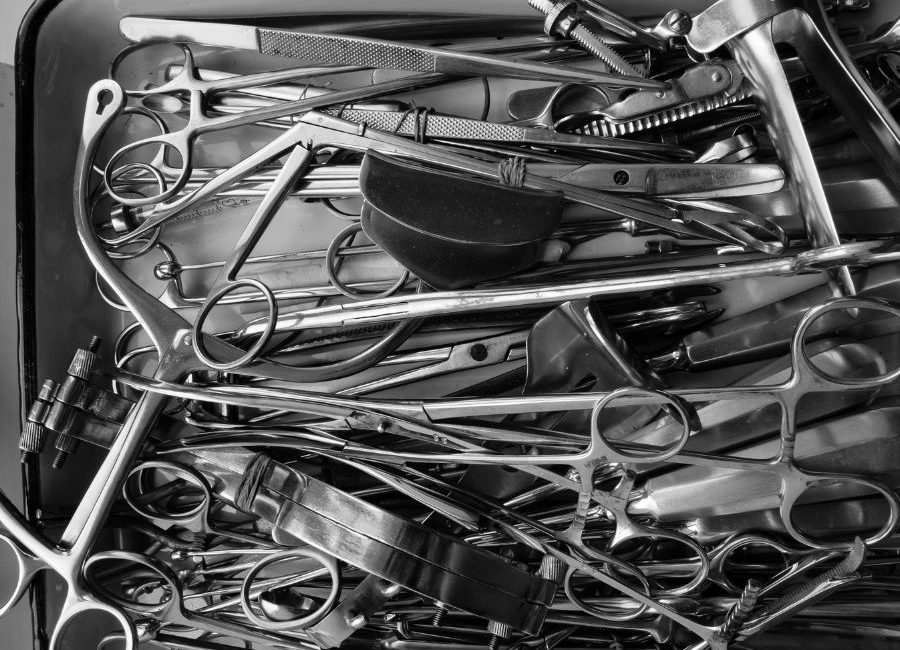
SPECIALISED WASTE COLLECTION & RECYCLING SERVICES
WASTE MANAGEMENT SOLUTIONS MELBOURNE
HAZARDOUS WASTE
Simply defined, a hazardous waste is a waste with properties that make it dangerous or capable of having a harmful effect on human health or the environment. Hazardous waste is generated from many sources, ranging from industrial manufacturing process wastes to batteries and may come in many forms, including liquids, solids gases, and sludges.
These solid waste management challenges continue today, as many communities are struggling to develop cost-effective, environmentally protective solutions. The growing amount of waste generated has made it increasingly important for solid waste management officials to develop strategies to manage wastes safely and cost.
INDUSTRIAL WASTE
Industrial waste is defined as unwanted or residual materials that result from industrial operations. There are several types of industrial waste, and while some is considered non-hazardous, some types are classified as hazardous. No matter, all types of industrial waste have the potential to be harmful if improperly managed.
Industrial waste is manufacturing waste from a wide range of different processes, such as sludges, product residues, kiln dust, slags, and ashes.
Factories produce countless wastes after the manufacture of desired products. Based on how these industrial wastes are decomposed, there are two types of industrial waste:
- Biodegradable Industrial Waste
- Non-biodegradable Industrial Waste
BIODEGRADABLE INDUSTRIAL WASTE
Those industrial waste materials which can be broken down or decomposed to non-toxic substances in nature with time by the action of micro-organisms such as certain bacteria are called biodegradable industrial waste.
In short, we can say that a biodegradable waste decomposes naturally and becomes harmless or non-toxic after some time. Common biodegradable industrial waste examples are cattle dung and compost, animal bones, tea leaves, wool, paper, leather, etc.
Many industrial wastes are biodegradable, but some are not. Thus, all the biodegradable industrial wastes should be treated to make them harmless before disposing of them in soil or water.
NON-BIODEGRADABLE INDUSTRIAL WASTE
The industrial waste materials which cannot be broken down or decomposed into non-toxic or harmless substances in nature are called non-biodegradable industrial waste.
Since these wastes cannot be decomposed easily by micro-organisms like bacteria, they have the potential to be major pollutants to the environment. These non-biodegradable substances accumulate in the ecosystem and finally get absorbed by the plants and animals. The chemicals absorbed are retained in our bodies. They can enter the living organisms through respiration, intake of food or drink, or even by direct absorption through the skin.
BIO WASTE
Bio Waste is the waste that has the possibility to affect humans in non-infectious ways. Bio waste can also include chemicals, both medical and industrial.
MEDICAL WASTE
Medical waste is a subset of wastes generated at health care facilities, such as hospitals, physicians’ offices, dental practices, blood banks, and veterinary hospitals/clinics, as well as medical research facilities and laboratories. Generally, medical waste is healthcare waste that that may be contaminated by blood, body fluids or other potentially infectious materials and is often referred to as regulated medical waste.
Medical Bio Waste includes:
- Bandages/dressings
- Contaminated ppe
- Discarded surgical instruments such as scalpels and lancets, blood vials, culture dishes, culture tubes and other glassware.
- Blood/Body Fluids
- Sharps, which are generally defined as objects that can puncture or lacerate the skin but can include needles and syringes.
CONSTRUCTION AND DEMOLITION WASTE (C&D)
Construction and Demolition Waste means solid waste resulting from the construction, remodelling, repair and demolition of structures, roads, sidewalks and utilities.
Untreated wood and untreated sawdust from any source; treated wood from construction or demolition projects; furniture and appliances from which ozone depleting chlorofluorocarbons have been removed, utility maintenance, and seasonal or storm-related clean-up. Such wastes include, but are not limited to, bricks, concrete and other masonry materials, roofing materials, soil, rock, wood, wood products, wall or floor coverings, plaster, drywall, plumbing fixtures, electrical wiring, electrical components containing no hazardous materials, non-asbestos insulation and construction related packaging.
Construction and demolition waste is not waste material containing friable asbestos, household rubbish, furniture and appliances from which ozone depleting chlorofluorocarbons have not been removed in accordance with the EPA regulations, electrical equipment containing hazardous materials, tires, drums and containers even though such wastes resulted from construction and demolition activities.
e-WASTE
Electronic waste (e-waste) is defined as waste in the form of electrical or electronic equipment, devices or things (or materials or parts of such equipment, devices or things), the operation of which is dependent on, or designed for the generation, transfer or measurement of, an electric current or electromagnetic field.


